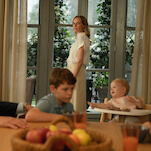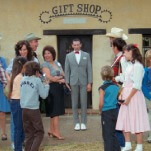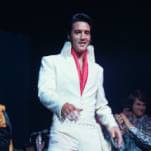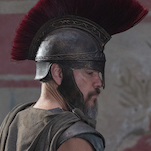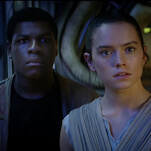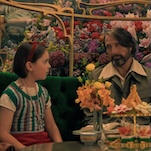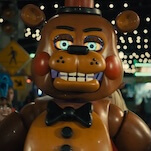Horror is a mask Marvel should wear more often
For all its genre experiments, Marvel’s history remains rooted in horror. It’s also one that fits like a glove in superhero stories.
Photo: Disney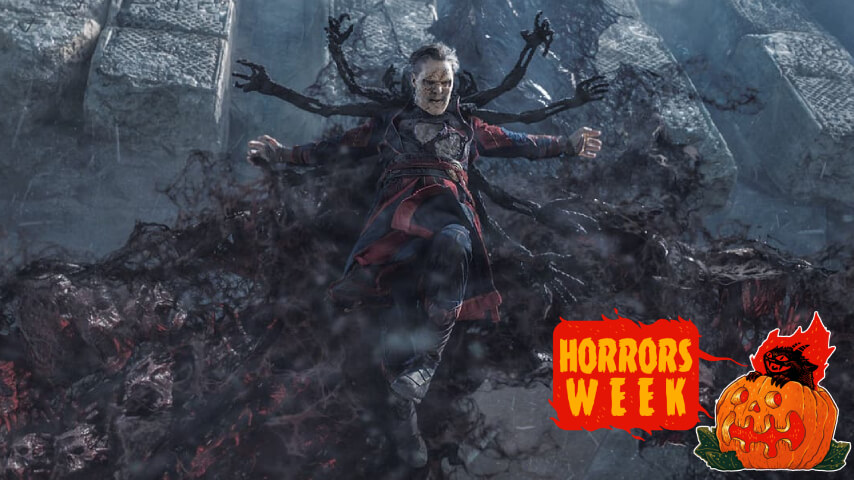
The first episode of Marvel’s Agatha All Along starts from an unexpected place. Picking up her broom and flying into another freewheelin’ genre parody that made WandaVision an early delight, Agatha navigates an episode of Mindhunter as creator-director Jac Schaeffer wades into a genre Marvel has successfully dipped its toe in before: horror.
Marvel’s top creatives have long touted the studio’s ability to play in different story types. During Marvel’s post-Avengers height in 2018, Kevin Feige said he didn’t “believe in the comic book genre” or “the superhero genre” of movies. Each of Marvel’s movies were “different,” he said, tailoring their heroes to the frameworks that served them best. To Feige, Captain America: The Winter Soldier was a “political thriller,” and Civil War was a “psychological thriller.” It wasn’t just subcategories of thrillers. Ant-Man was a “heist movie;” Spider-Man: Homecoming operated like a high school soap opera à la John Hughes. However, after Endgame, the movies have settled into a new genre: “Marvel Movie.” Like many Marvel media installments of late, Agatha All Along quickly downshifts into a road comedy, where the hero and a less powerful or controllable sidekick offer quippy banter on a quest to find a blue, glowy orb. The problem is, in this gear, Agatha is so boring, it’s scary. Only when the show remembers it can play on horror tropes, injecting some Leprechaun 3-inspired body horror into the engine, does the show sputter to life. For all its Spirit Halloween trimmings, Agatha is trapped in a very Disney version of terror that cribs aesthetics from the The Haunted Mansion ride and Hocus Pocus 2.
Why doesn’t Marvel lean harder on its horror bona fides? In 2022, the company gave it its most earnest shot ever. Sam Raimi’s Doctor Strange And The Multiverse Of Madness led pearl-clutching fans to ask if the MPAA had been too lenient with its PG-13 rating. It was a rare reaction for the studio to receive, as it had spent the last few years delighting audiences with Easter eggs, cameos, and crossovers. Strangely enough, this time the fans were reacting to the filmmaking, not the nostalgia. Later that year, Werewolf By Night became one of the better-reviewed Marvel installments of the studio’s messy fourth phase.
Since the beginning, Marvel movies have couched their superheroes, spandex, universe-altering MacGuffins, and silly names in self-effacing humor. Giving the audience some distance to laugh at the MCU’s goofier elements broadened its appeal and gave it unexpected staying power. When Iron Man debuted in 2008, many believed the dark and gritty influence of The Dark Knight would plunge superhero filmmaking into a world of darkness. With Marvel’s domination complete 16 years later, its version of ironically detached sci-fi action-comedy has been replicated throughout entertainment, from Borderlands to Star Wars.
With Agatha, it does seem like Marvel is heading down the Witches’ Road to horror, a path paved in comics history. Before it was called Marvel Comics, publisher Martin Goodman launched Timely Comics, and in the early Wild West of comics publishing, he littered newsstands with knockoffs of better hero books. As the initial superhero boom subsided in the mid-’40s, Avon Publications released Eerie Comics #1, arguably the first horror comic, inspiring a wave of classic horror titles like American Comics Group’s Adventures Into The Unknown and, more famously, EC Comics’ landmark titles The Crypt Of Terror and The Vault Of Horror.































